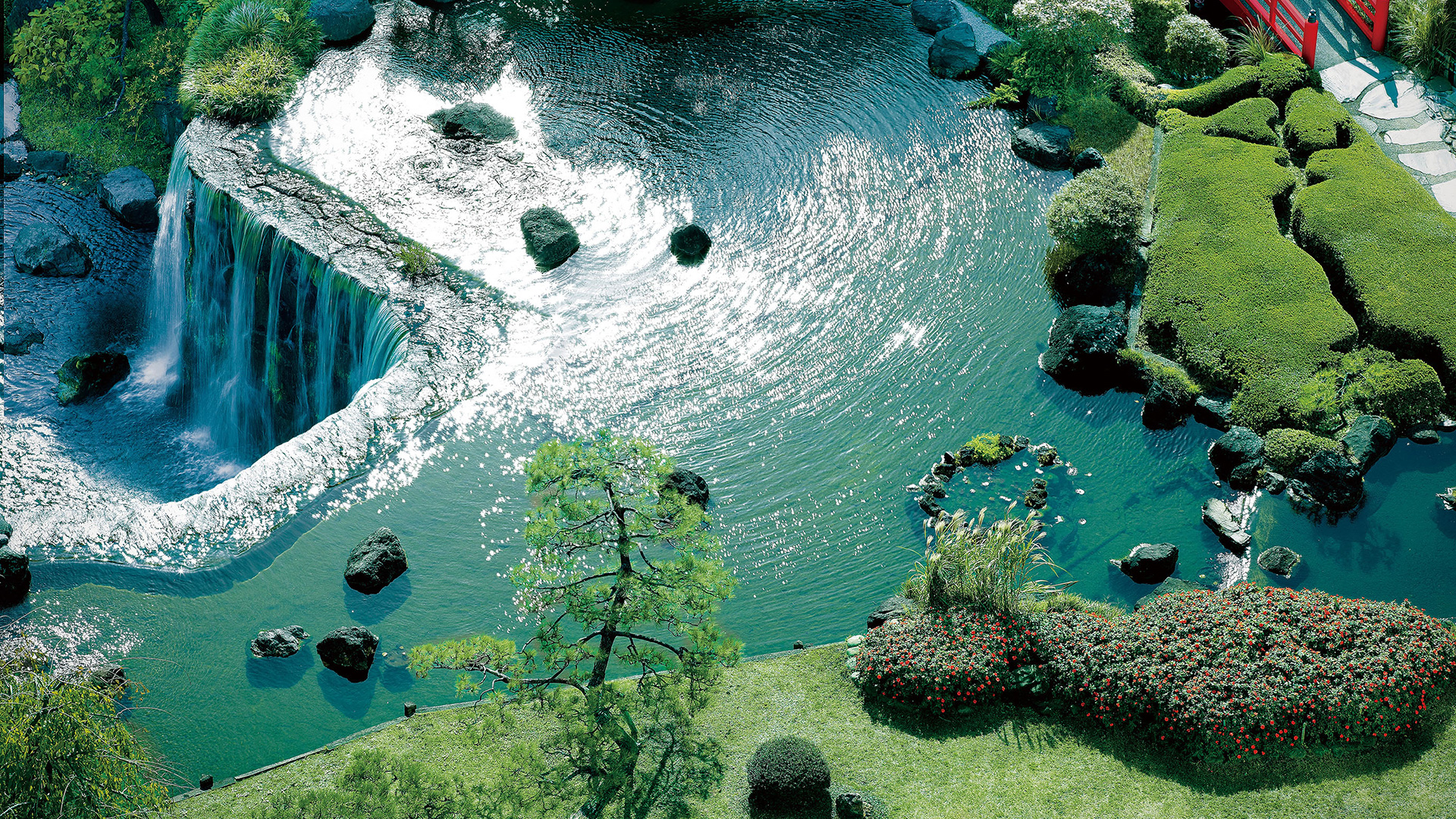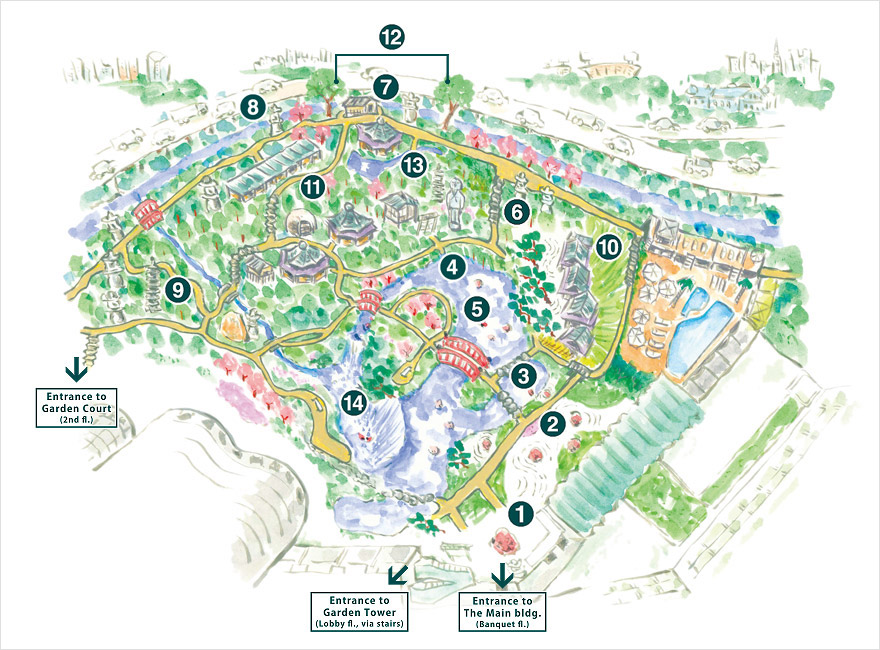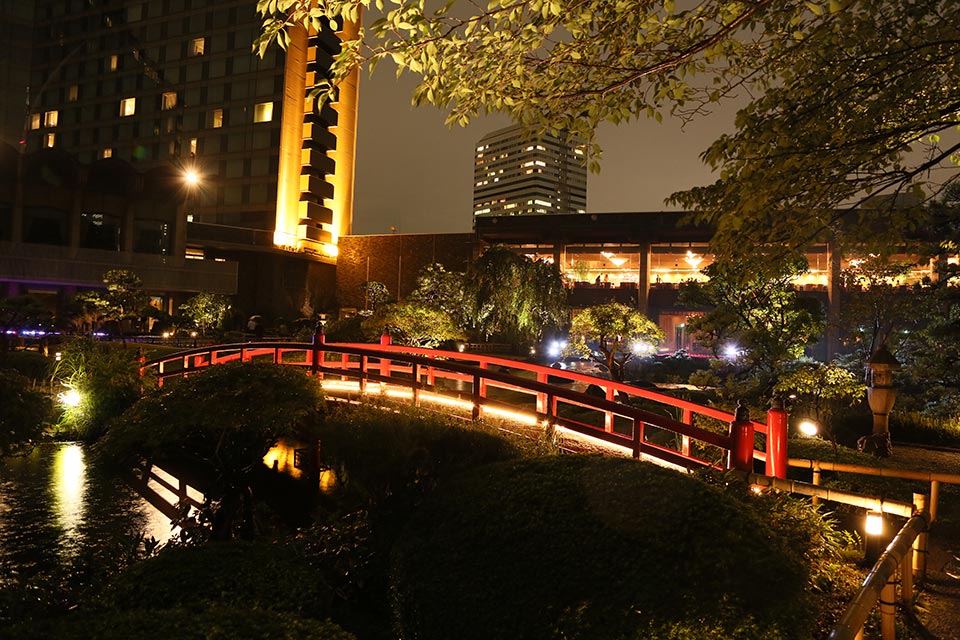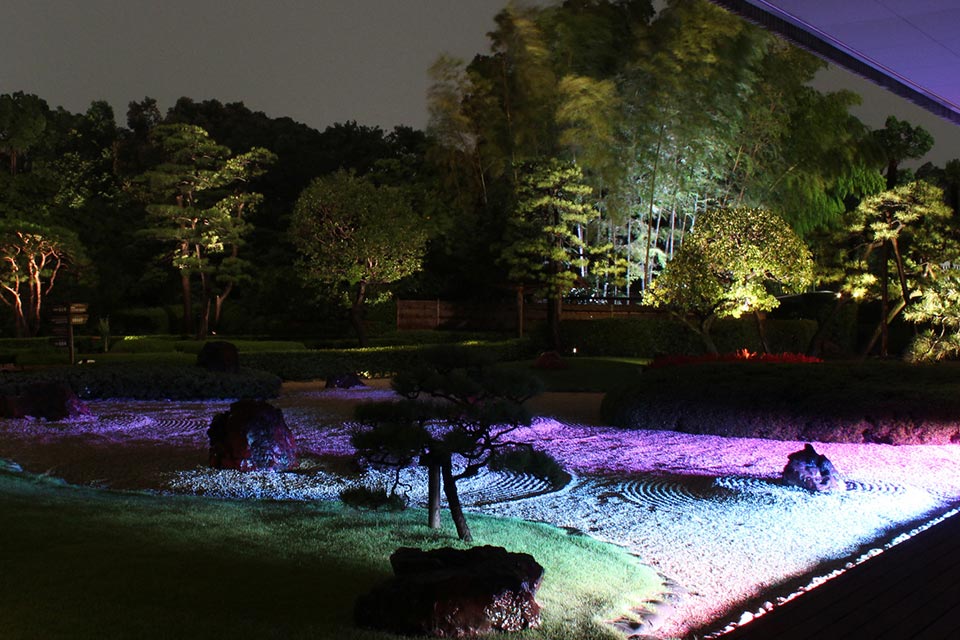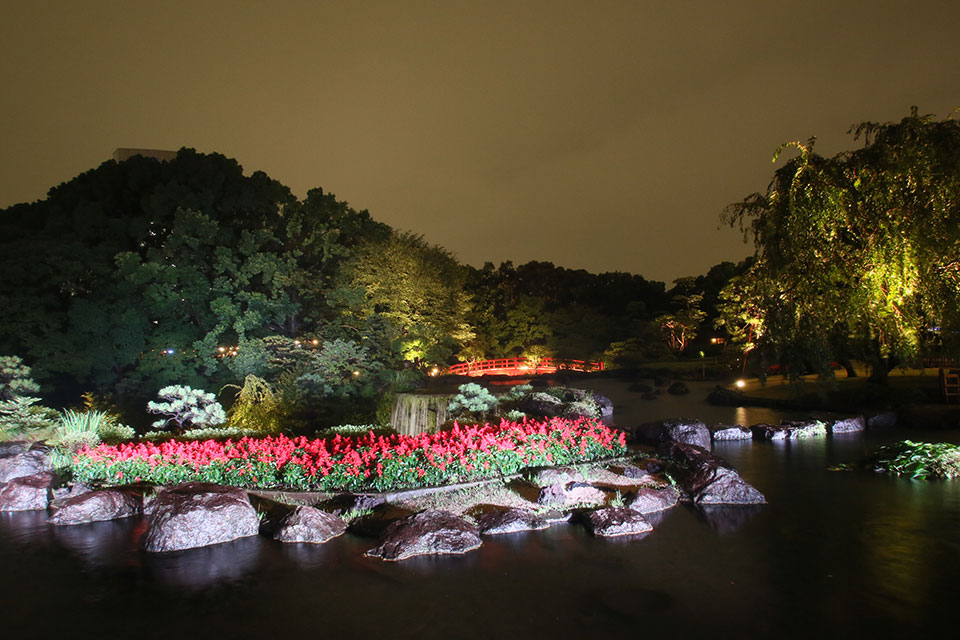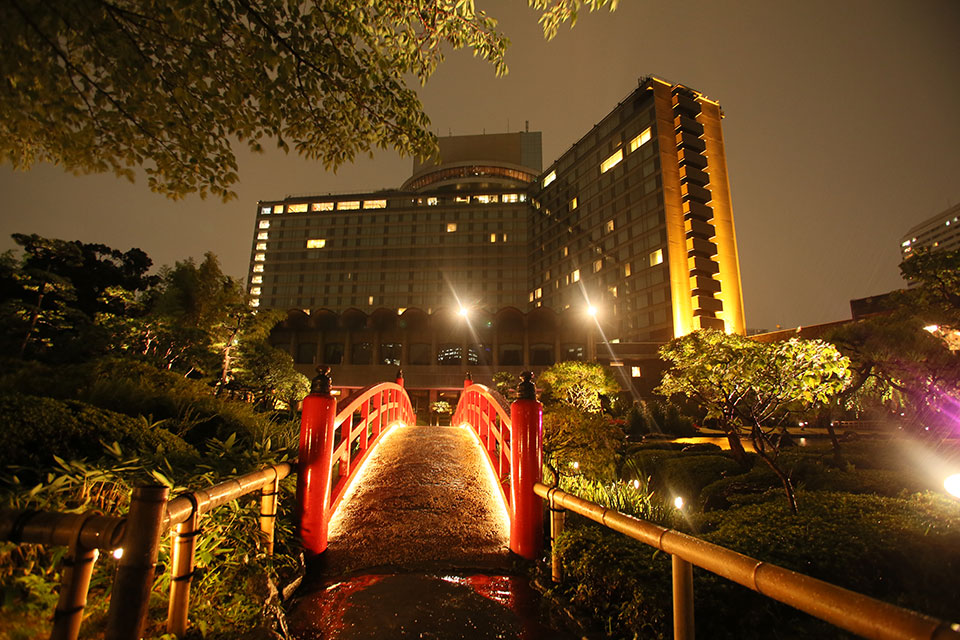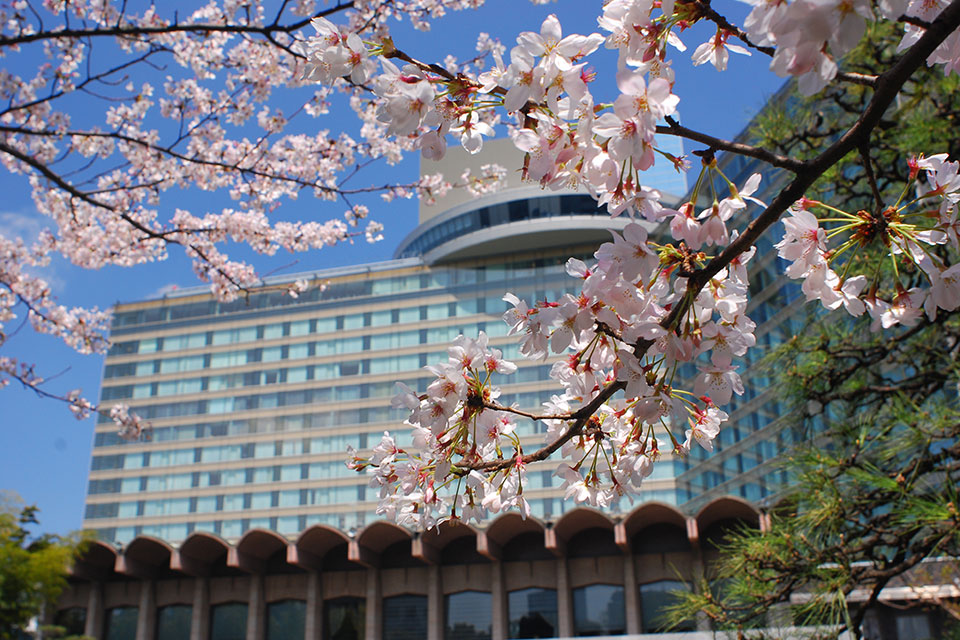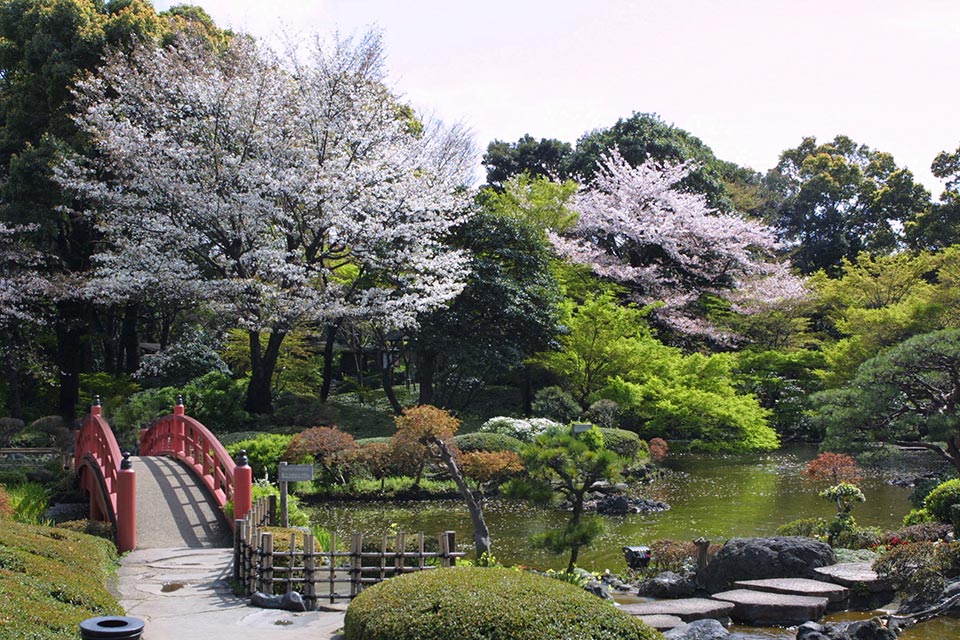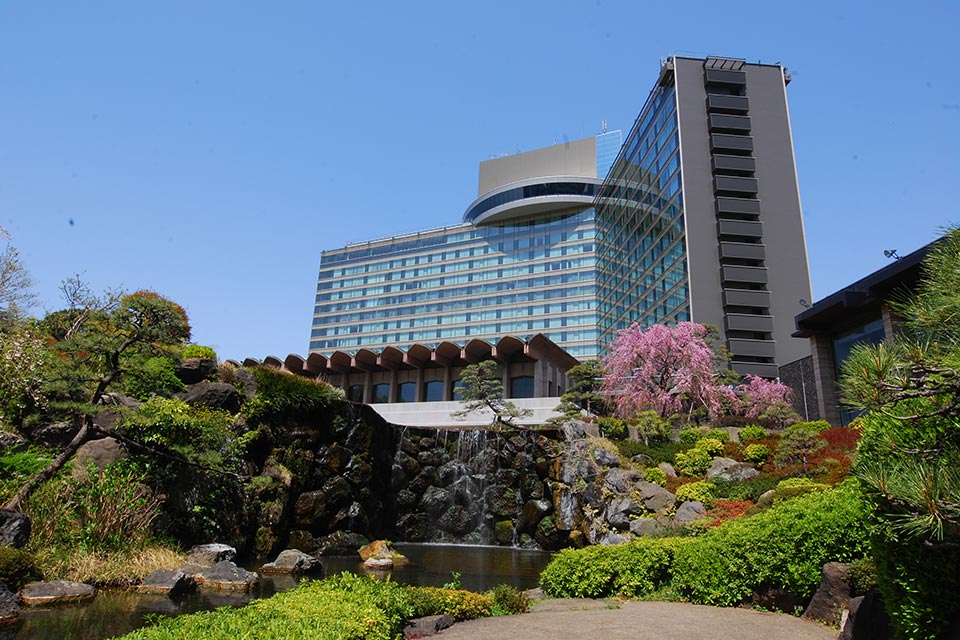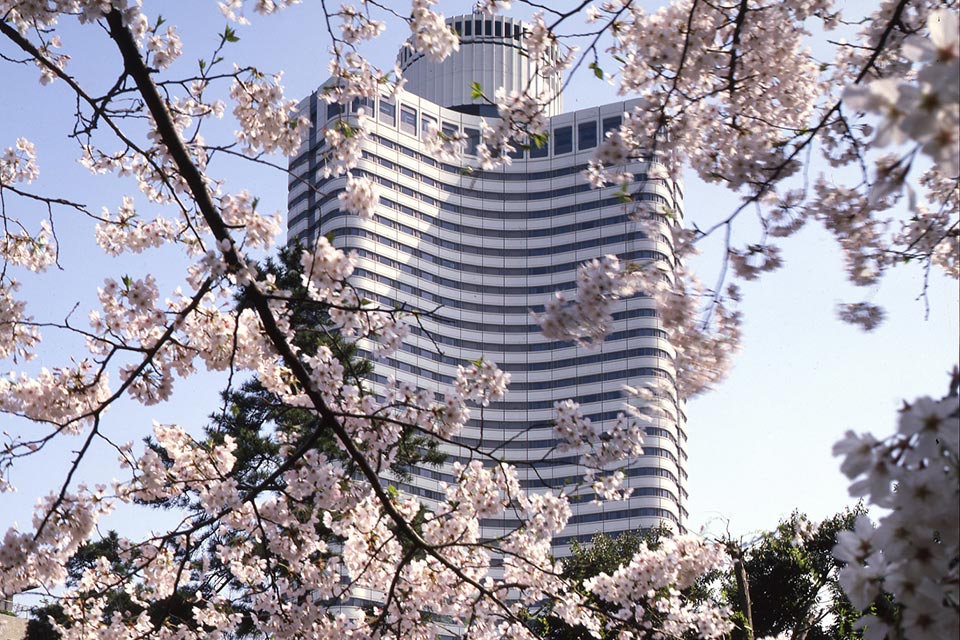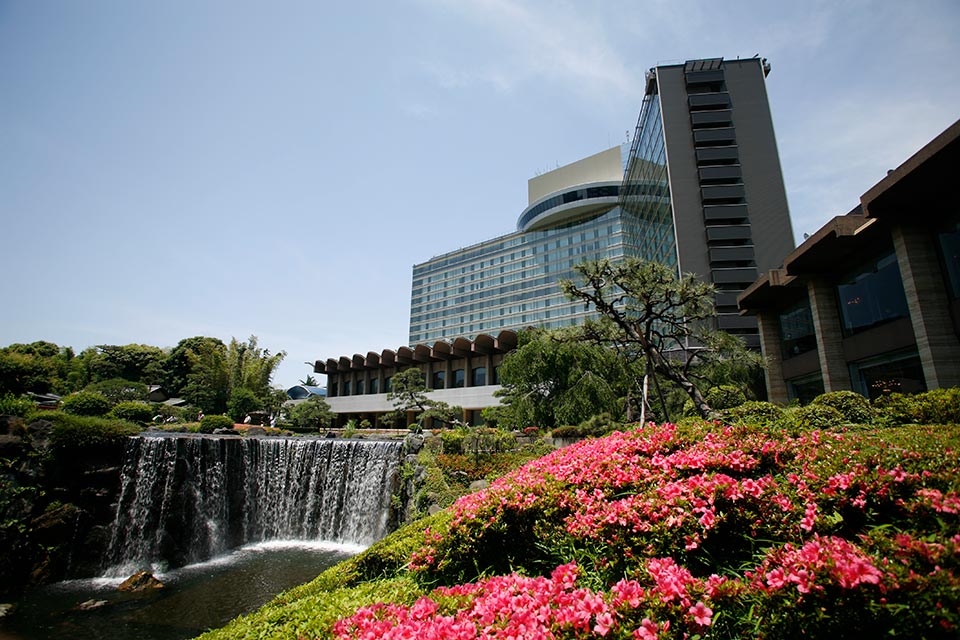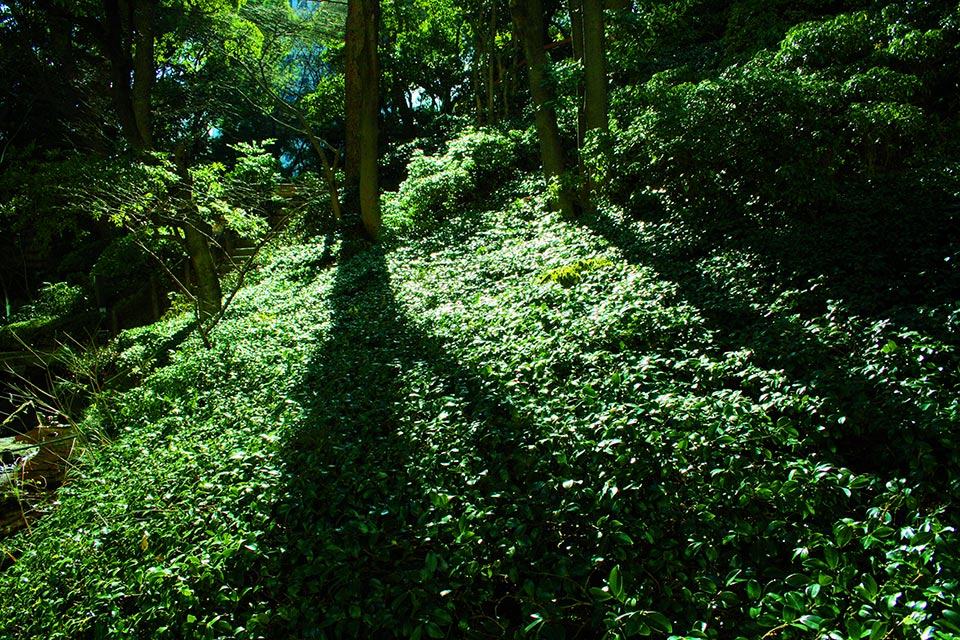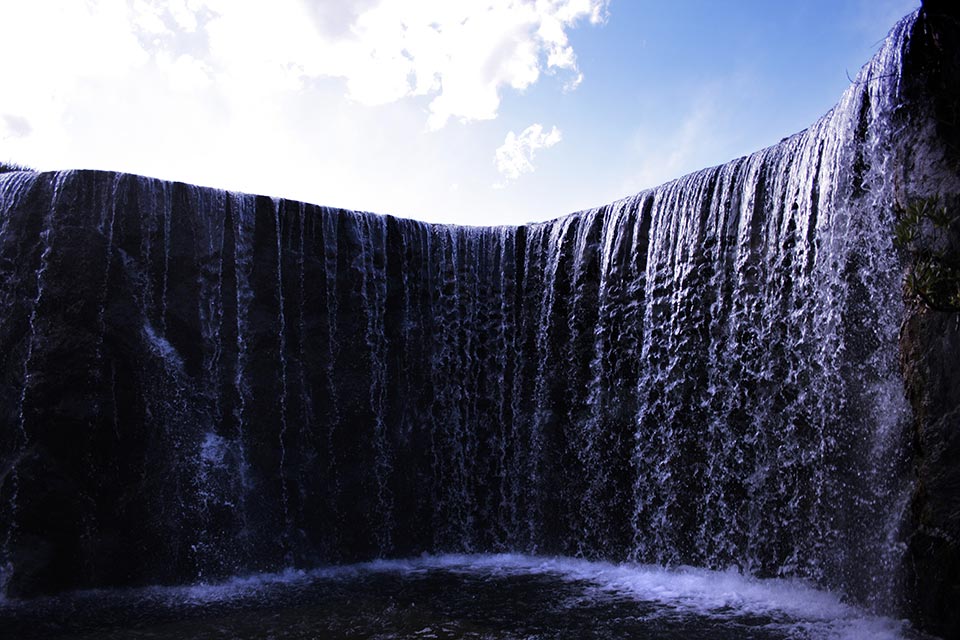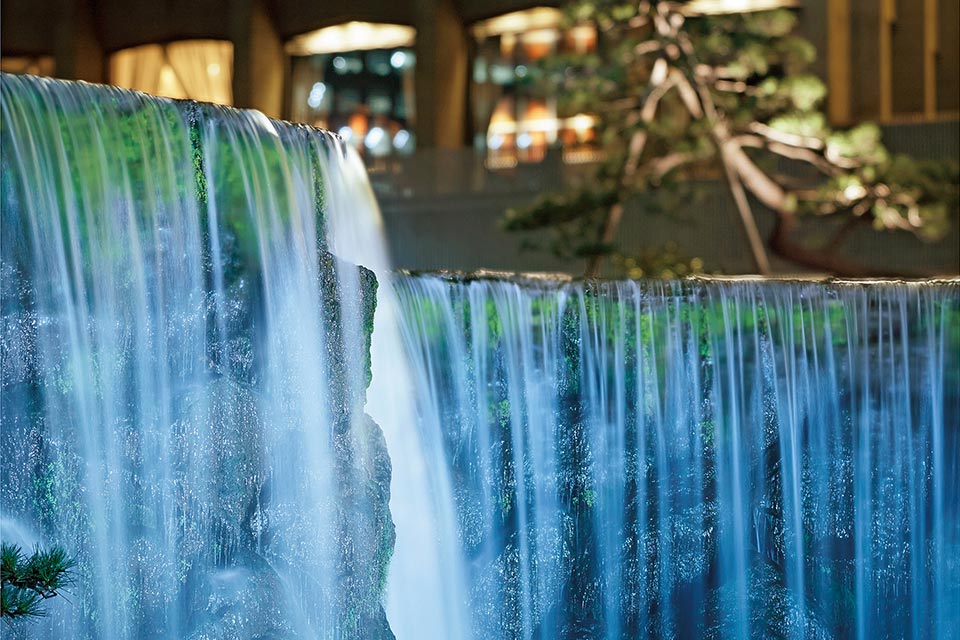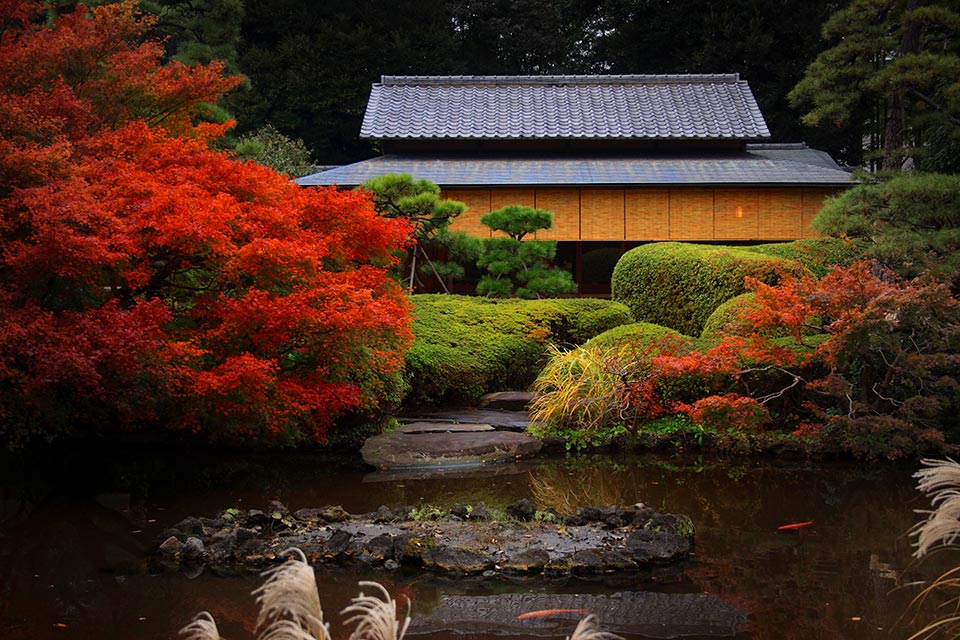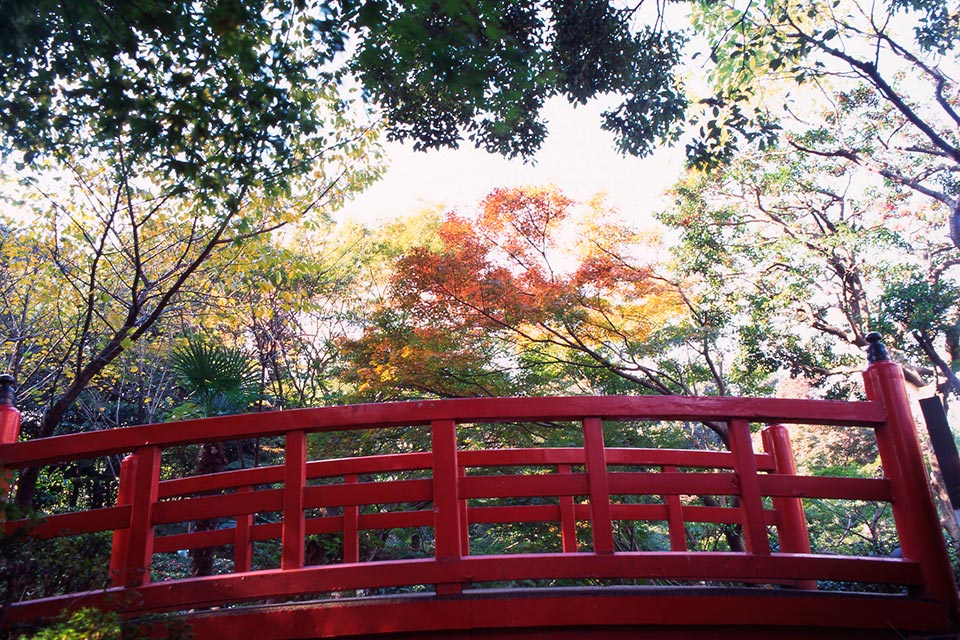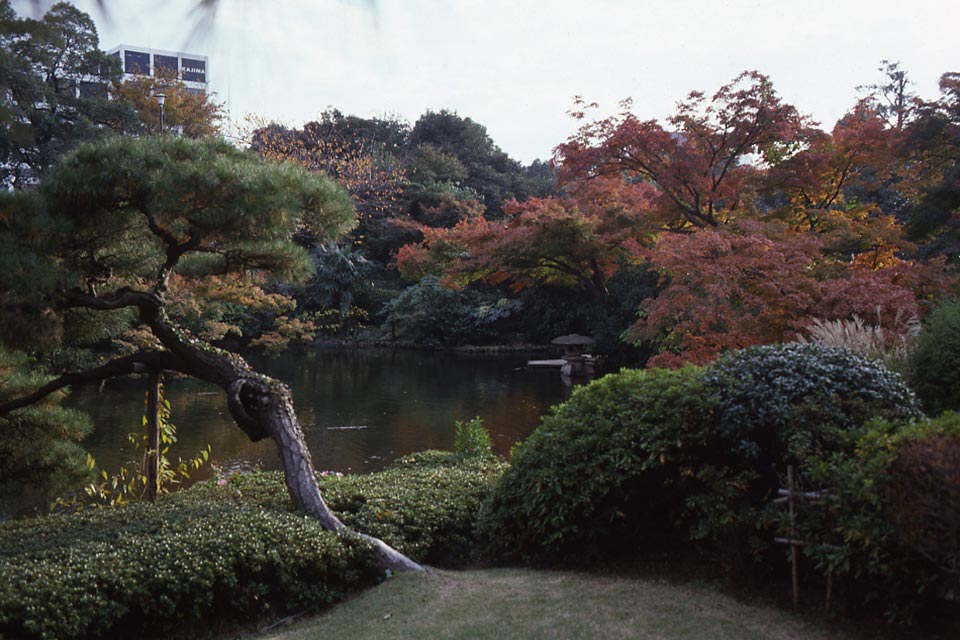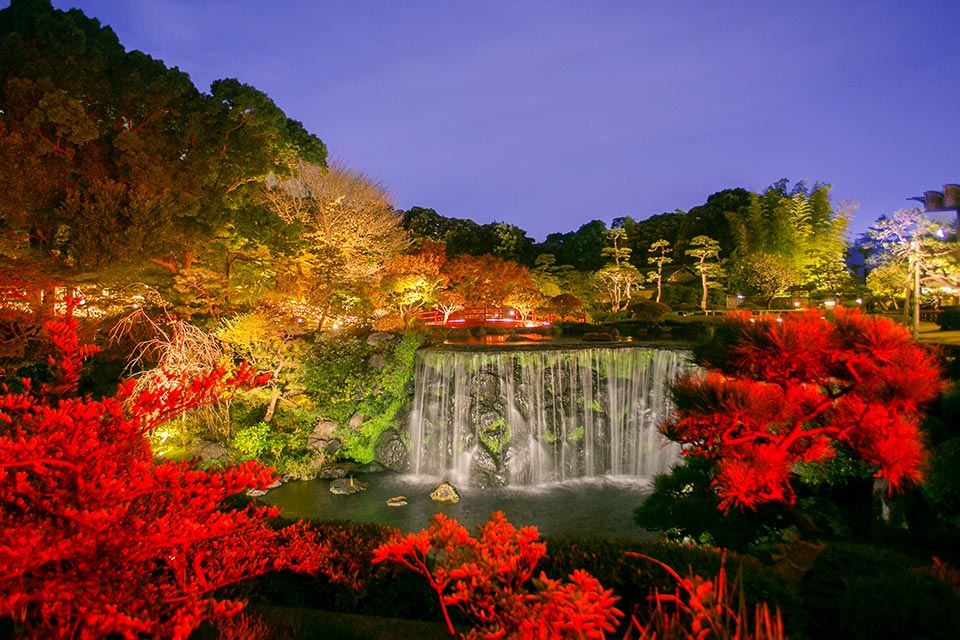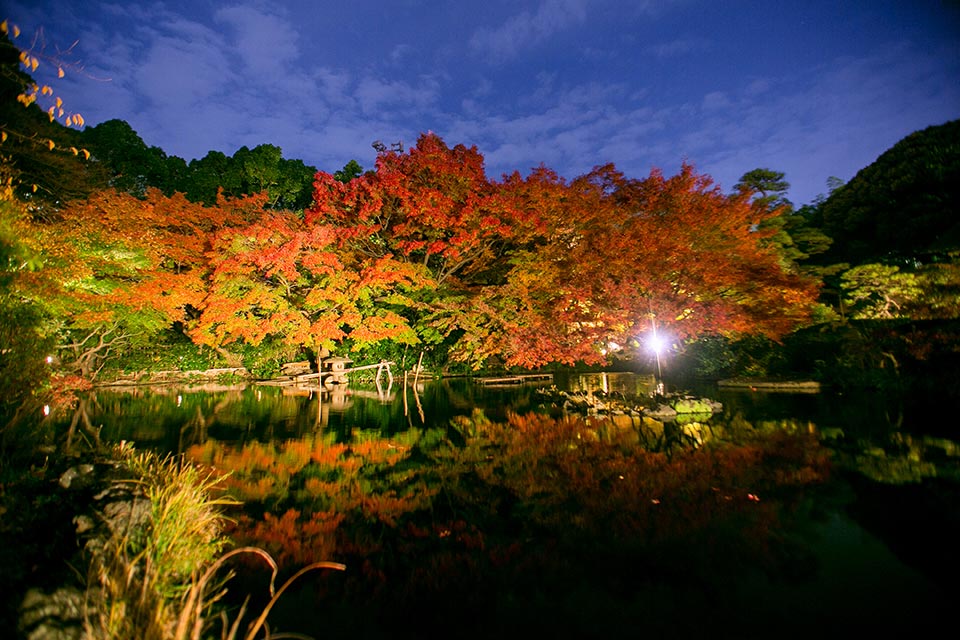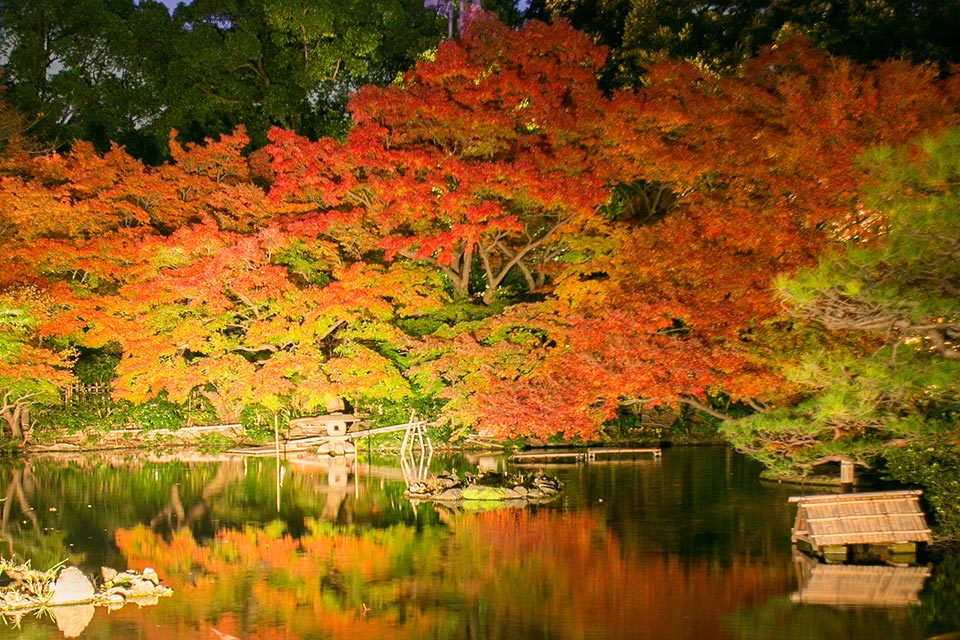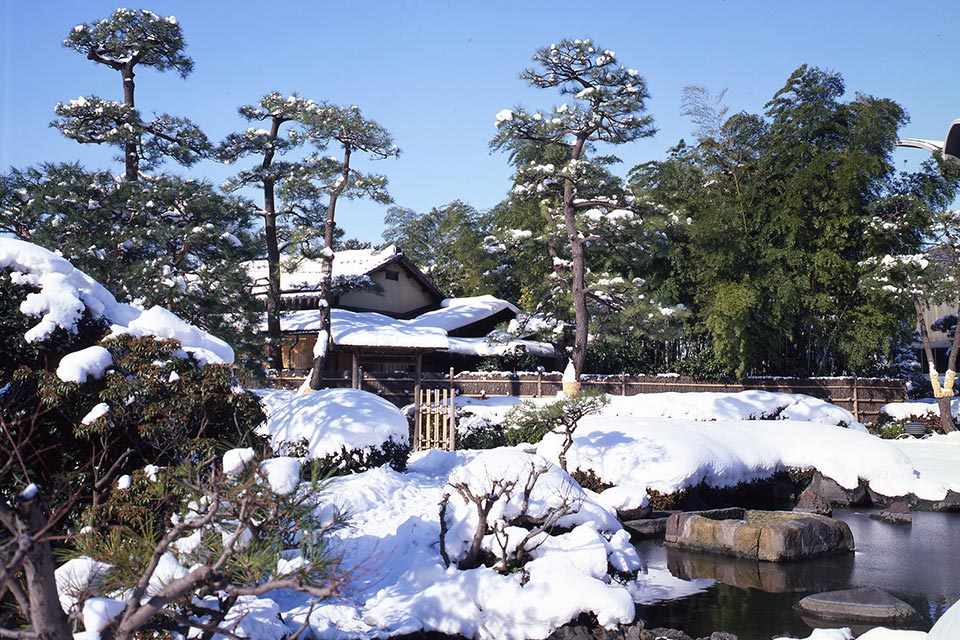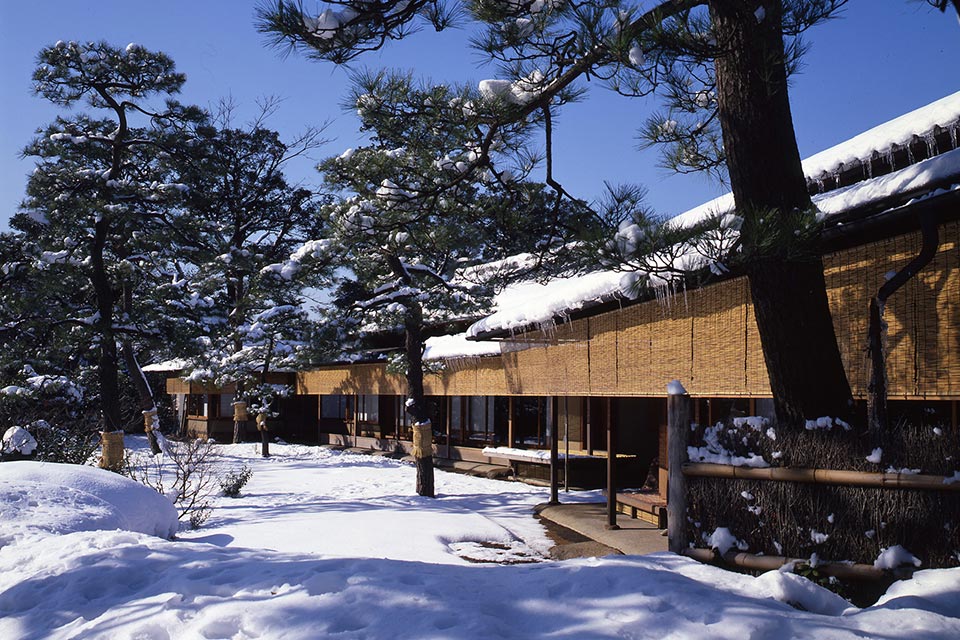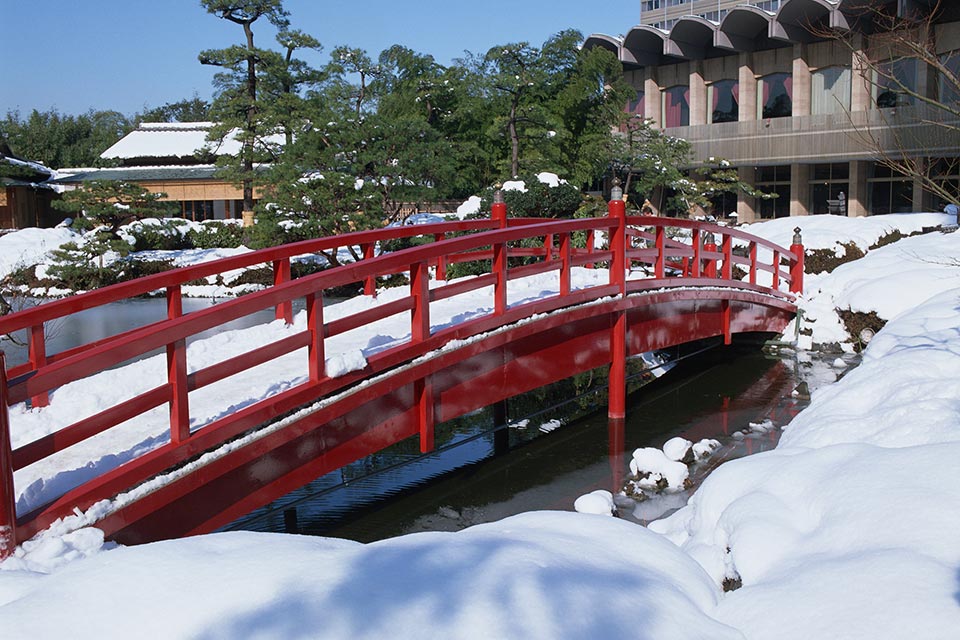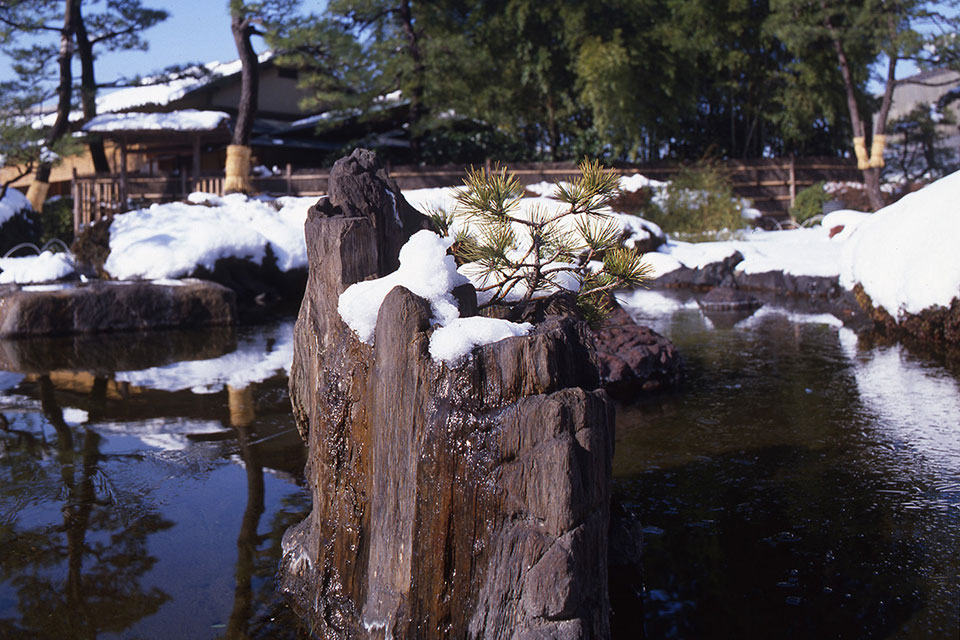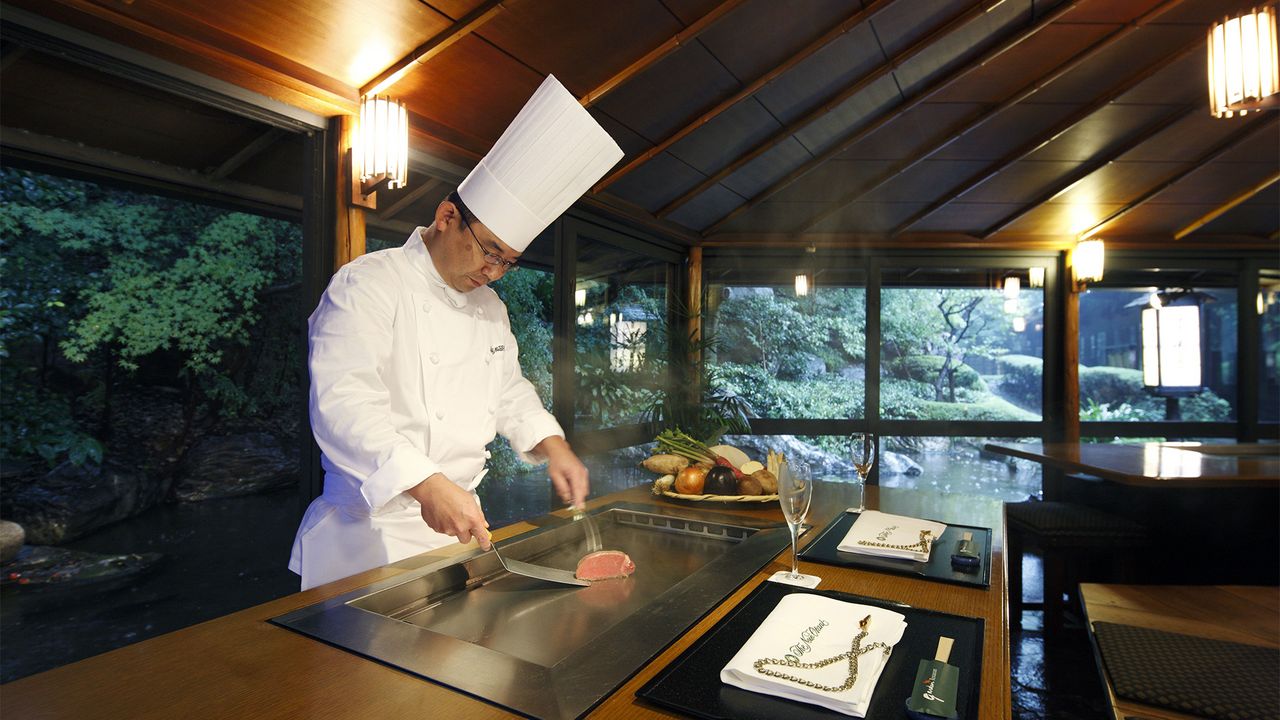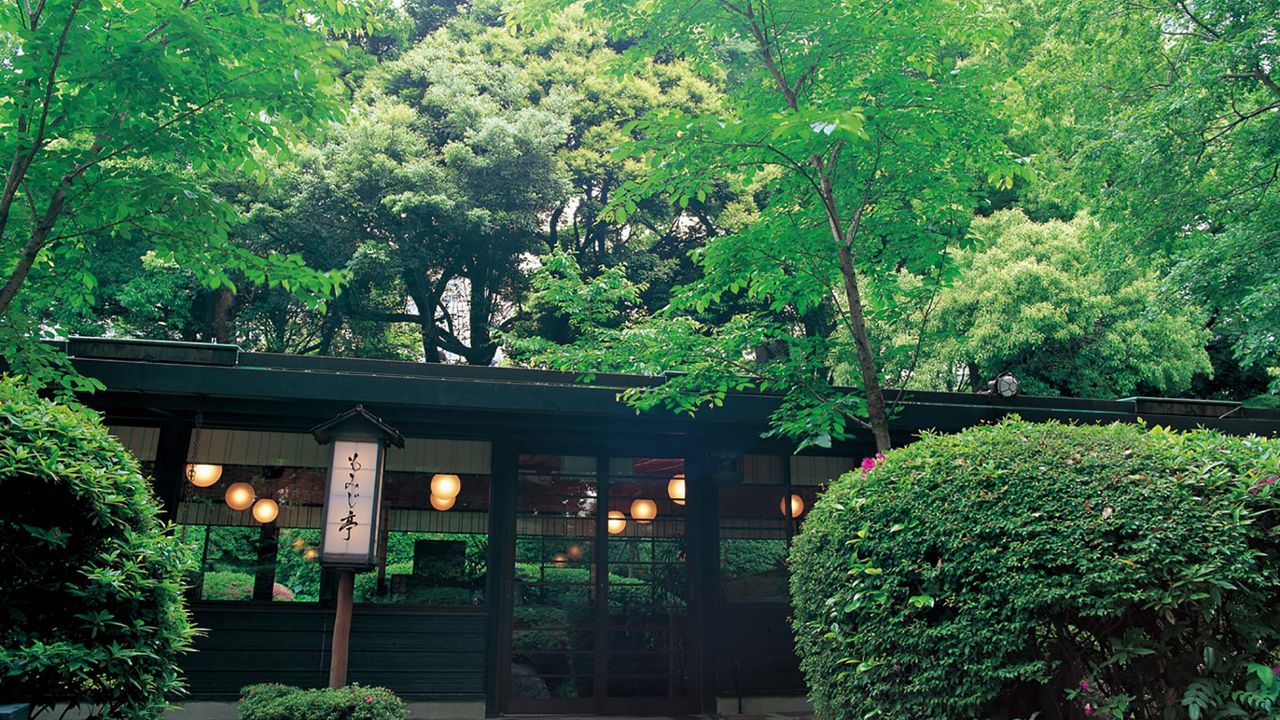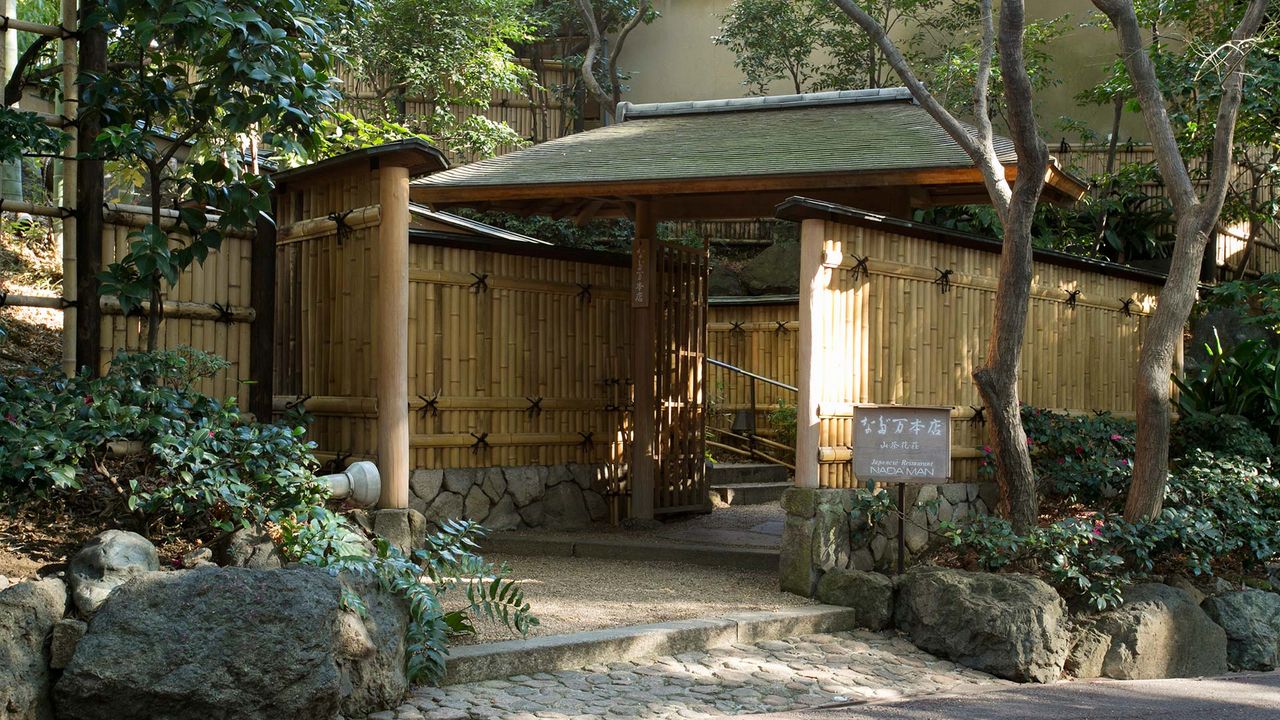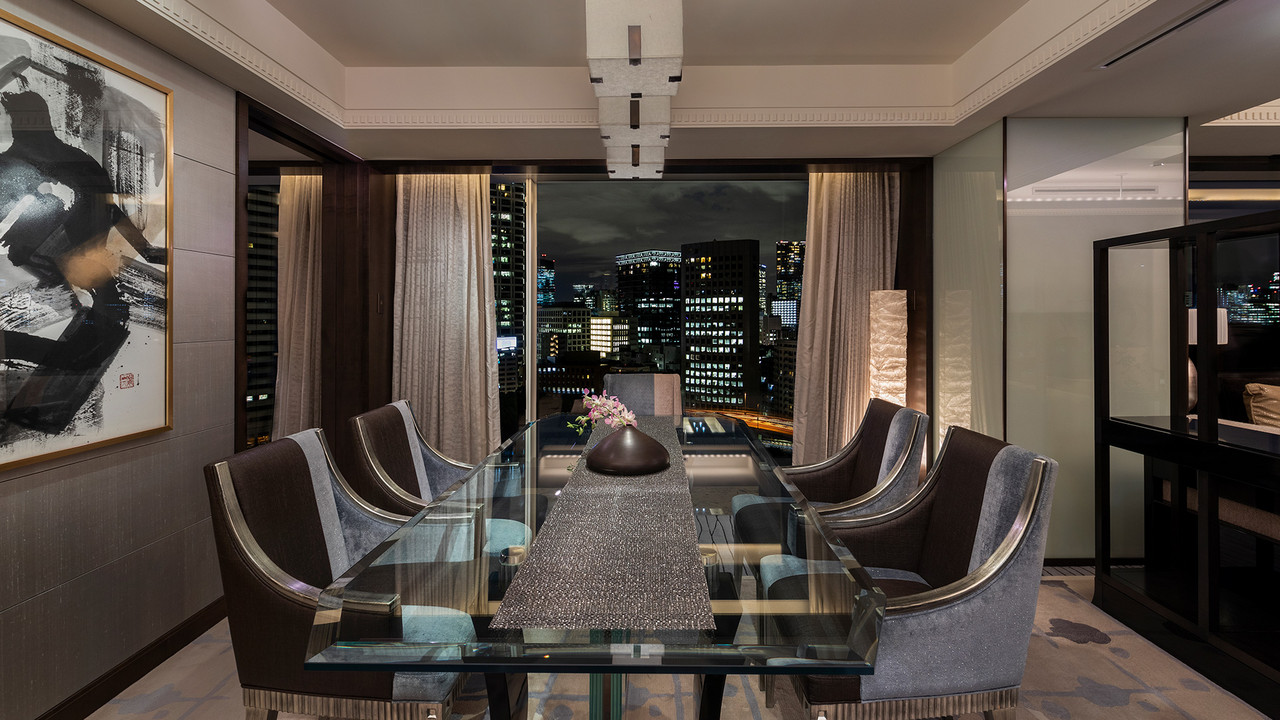
Hotel New Otani Tokyo's Japanese Garden Ranks #10 on TripAdvisor's Top 20 "Best Free Attractions in Japan"
The Japanese garden at Hotel New Otani Tokyo has been ranked #10 in the 2019 top-20 list of "Best Free Attractions in Japan" released by TripAdvisor. The garden has been ranked in the list Four years in a row.
It has also been selected as one of "Tokyo's Best 100 Spots to Boast to the World" by Toei Transportation and TripAdvisor.
With a history of more than 400 years, the garden had in the past been the property of various known samurai lords. The 10-acre-ground features several ancient stone lanterns, scarlet bridges over koi ponds, a stone garden, waterfall, as well as a myriad of flowers and rich foliage that bloom or change colors from season to season. While nestled in the heart of this busy city, the quiet and peaceful ambience that enfolds the expanse provides a moment of repose to hotel guests and visitors alike.
We hope you will come and enjoy the Japanese aesthetics and seasonal features when you come to stay with us or dine at our restaurants.
History
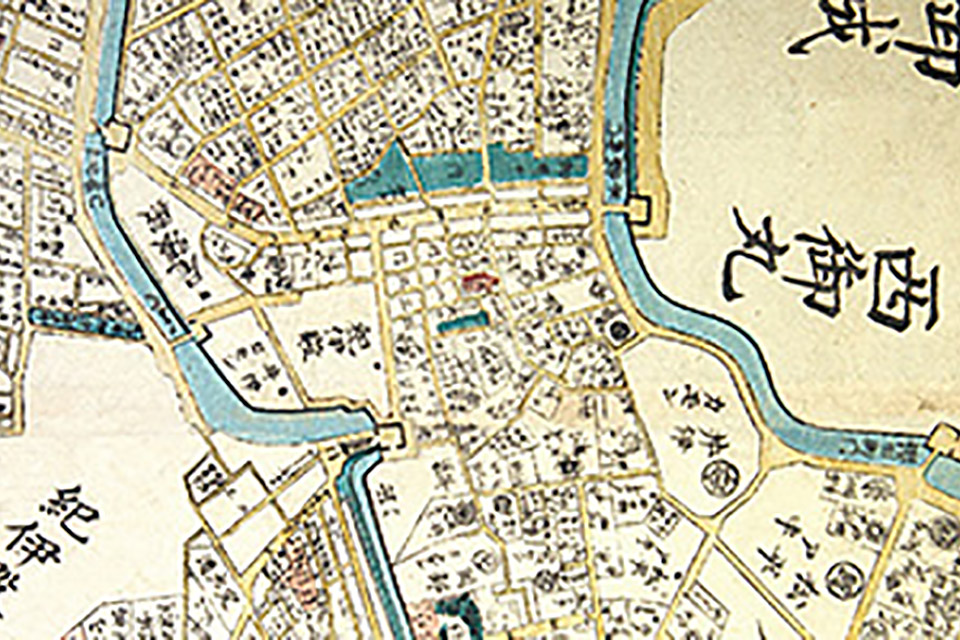
An ancient map of the area in which Hotel New Otani now stands
The history of the Japanese Garden at Hotel New Otani Tokyo dates back over 400 years, when samurai lord Kato Kiyomasa owned one of his residences on this site. The land was later turned over to the powerful Ii family, dominant in the Shogunate Government of the Edo period.
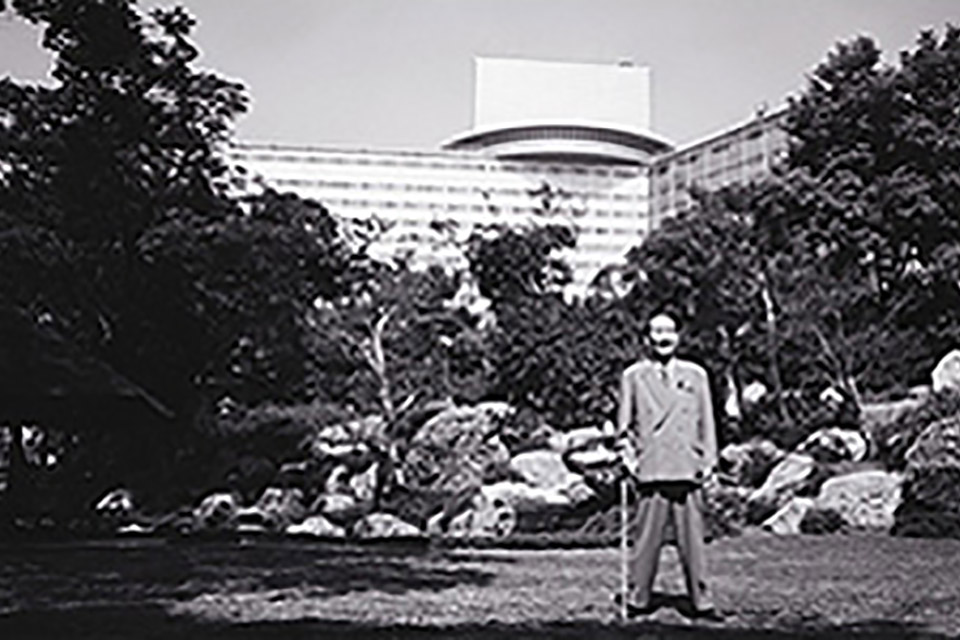
Later, in the Meiji period, the land became the property of the Fushiminomiya family, then a branch of the imperial house. After the Second World War, the property was sold to Yonetaro Otani, the founder of Hotel New Otani, who established his private residence there and renovated the garden into what it is today.
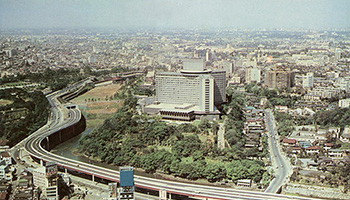
When the Japanese government asked Yonetaro to build a hotel in preparation for the Tokyo Olympic Games of 1964, he built Hotel New Otani on the land, and the garden became one of its main attractions.
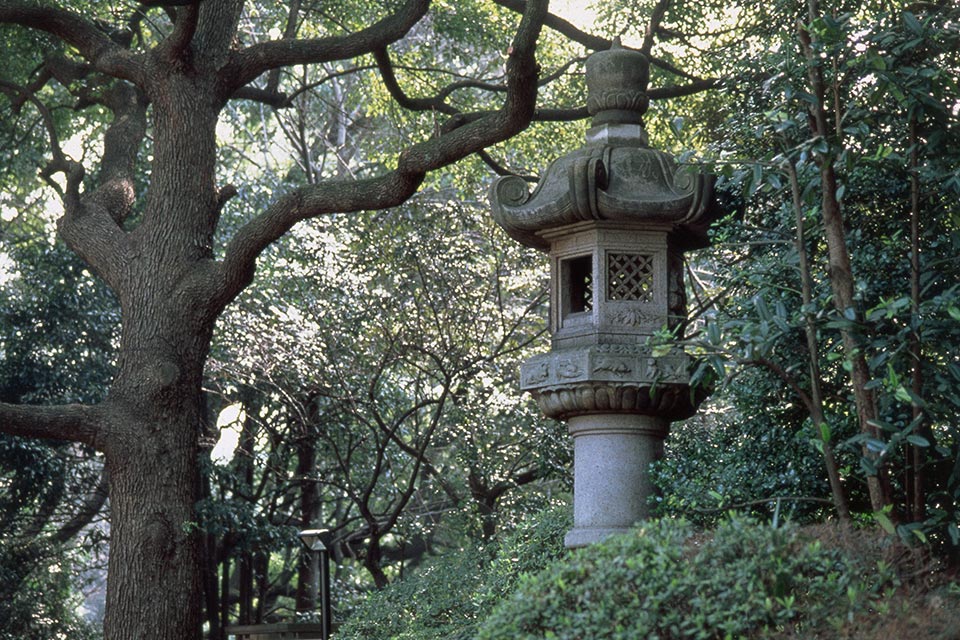
Over the fifty years since then, the Japanese Garden has undergone some changes pertaining to the Garden Tower and Garden Court being built, but it still retains the beauty and ambience from its early years, pleasing the eyes and refreshing the spirits of visitors to this day.
![[1] Akadama Stones](/fileadmin/res/tokyo/garden/walk-figure02.jpg)
[1] Akadama Stones
The rare-colored red stones in the stone garden were brought from Sado Island, off the coast of Niigata Prefecture. The largest stone weighs 22 tons and is said to be the largest of its kind in Japan. Visitors can also view a variety of other rare stones with different colors and textures throughout the Garden, including jade and fossils.
![[2] Stone Garden](/fileadmin/res/tokyo/garden/walk-figure03.jpg)
[2] Stone Garden
One of the highlights of the Garden is its traditional stone garden, called Karesansui. Pine trees with stones of different sizes represent mountains, while white pebbles and sand are water with rake marks depicting its ripples.
![[3] Fossils](/fileadmin/res/tokyo/garden/walk-figure04.jpg)
[3] Fossils
The stone in the pond next to the stone garden is actually a fossilized root of an ancient tree. This rare fossil has sat here ever since the 16th century when samurai lord Kiyomasa Kato owned this land.
![[4] Seisen Pond](/fileadmin/res/tokyo/garden/walk-figure05.jpg)
[4] Seisen Pond
Around 350 koi of various colors and patterns inhibit this pond. Birds, including herons, ducks, bush warblers, white-eyes, etc., are also frequently seen.
![[5] Taikobashi Bridge](/fileadmin/res/tokyo/garden/walk-figure06.jpg)
[5] Taikobashi Bridge
The scarlet-colored Taikobashi Bridge with the pond in the fore is the perfect background for a scenic photograph.
Stone lanterns, etc.
![[6] The Nuresagi Lantern](/fileadmin/res/tokyo/garden/walk-figure07.jpg)
[6] The Nuresagi Lantern
A lantern that dates back to the Edo (or Tokugawa Shogunate) period (1603-1867). Lanterns of this type and size are of particular value due to their scarcity.
![[7] The Kaneiji Lantern](/fileadmin/res/tokyo/garden/walk-figure08.jpg)
[7] The Kaneiji Lantern
Also from the Edo period, this impressive lantern was acquired by Yonetaro Otani from the Kaneiji Temple in Ueno, Tokyo.
![[8] The Kasuga Lantern](/fileadmin/res/tokyo/garden/walk-figure09.jpg)
[8] The Kasuga Lantern
A lantern from the Kamakura period (1183-1333), with the twelve animals of the Chinese zodiac engraved on the hexagonal surface, each facing the direction it represents.
![[9] 13-Storied Pagoda](/fileadmin/res/tokyo/garden/walk-figure10.jpg)
[9] 13-Storied Pagoda
One of the most recognizable structures in the Garden, the square-shaped pagoda dates back to the Nanboku-cho period (1336-1392).
Take a stroll through our Japanese Garden and discover fascinating elements of tradition and heritage. Several antique stone lanterns and pagodas are found in the Garden, located along the pathways and slopes, or by the pond.
![[10] Sazanka-so](/fileadmin/res/tokyo/garden/walk-figure11.jpg)
[10] Sazanka-so
Located in the center of the Garden is NADAMAN "Sazanka-so", a Japanese "Kaiseki" cuisine establishment run by the prestigious NADAMAN restaurant chain. This aged building used to be the residence of hotel founder Yonetaro Otani. The traditional "Sukiya" style construction is in perfect harmony with the tranquility of the Garden.
![[11] The Kioi Kiln](/fileadmin/res/tokyo/garden/walk-figure12.jpg)
[11] The Kioi Kiln
A kiln used for special pottery classes held during New Years and other holiday seasons.
![[12] Trees](/fileadmin/res/tokyo/garden/walk-figure13.jpg)
[12] Trees
The garden features many trees that date back more than a century, of which two of the most remarkable are the Japanese Nutmeg (Torreya Nucifeta) and the Yew Plum Pine (Podocarpus Macrophyllus). These two trees are accessed to be over 200 years old, existing from around 1780.
![[13] Tea Ceremony House "Waraku-an](/fileadmin/res/tokyo/garden/walk-figure14.jpg)
[13] Tea Ceremony House "Waraku-an
The name of this tea room derives from a word that denotes "a spirit of harmony and acceptance as well as the joy of serving people while providing them with pleasure". This tea room was originally built in a different location for a tea ceremony commemorating the Crown Prince (current Emperor) returning from his first foreign visit in 1953 and was later moved to where it now stands.
![[14] Waterfalls](/fileadmin/res/tokyo/garden/walk-figure15.jpg)
[14] Waterfalls
Along with the Taikobashi Bridge, the large waterfall is one of the major attractions of the Japanese Garden. The 6-meter waterfall, along with one other smaller one, was constructed in 1974 when the Garden Tower was built and the grounds underwent a subsequent remodeling. The water cascading down the drop-off consisting of 82 massive boulders creates an impressive yet healing atmosphere that allures strollers and invites them to sit down for a moment of repose.
Nighttime Lighting
An illumination design by world-renowned lighting artist Motoko Ishii was installed in the Japanese Garden in 2014, in celebration of Hotel New Otani Tokyo's 50th anniversary. On the occasion of the hotel's 60th anniversary, themed lighting schemes have been incorporated, presenting illuminated vistas that change colors by the season.
The warm and welcoming scenery consisting of eco-friendly LED lights is yet another example of Hotel New Otani Tokyo's efforts to combine environmental friendliness with hospitality.
The garden is illuminated from 30 minutes before sunset, until midnight every day.
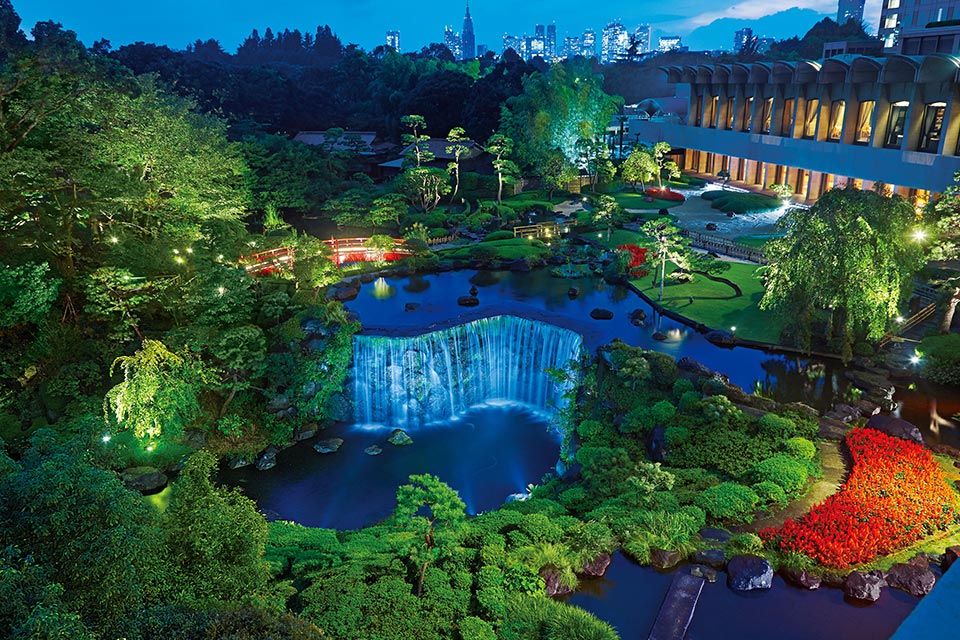
About Motoko Ishii
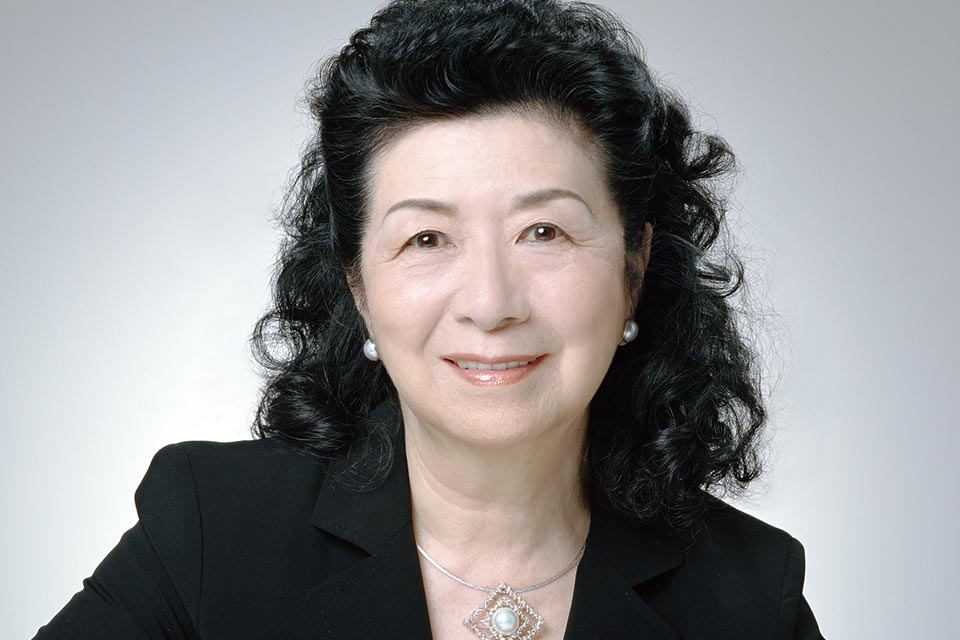
Motoko Ishii, a leading Japanese lighting designer, works with wide range of light, from urban illumination to architectural lighting to light performances. Her activities cover not only Japan, but also countries around the world-for example the USA, Europe, the Middle East, and South East Asia-and have won her numerous international and domestic awards. Among her recent works are lighting for outdoor Noh and stage lighting for opera performances.
By switching from mercury and halogen bulbs to LED lights, and also by the installment of solar timer switches, the new lighting scheme has achieved a 70% decrease of power consumption compared to before the renewal. The lower heat output of LED lamps also contributes to the reduction of environmental burden on the surrounding vegetation.
Weddings and banquets are available in venues with a view of the Japanese Garden.
Photo Gallery
Garden-view Rooms & Suites
Take in the seasonal vistas of our Japanese Garden during your stay, bathed in sunlight by day, and magnificently illuminated by night.
Restaurants with a View
View of the Japanese Garden can be enjoyed from several restaurants within the hotel.
